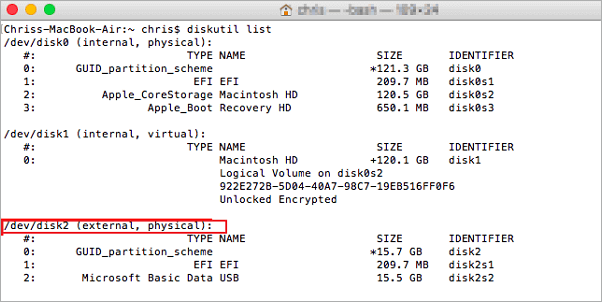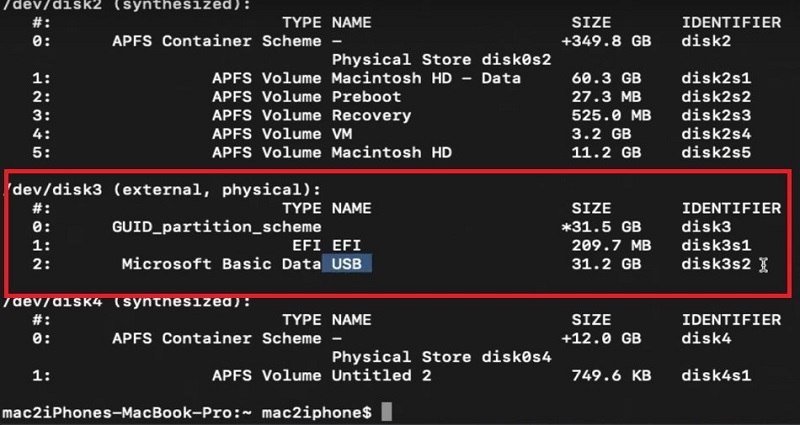
It indicates information like partitions, format and, importantly, mount points. This command will list all the disks attached to your machine. Just like in the English language, these verbs are things that diskutil can accomplish. The most basic verb for diskutil is list, which you’ll enter like so: $ diskutil list If you simply type diskutil into the command line and press Enter, you’ll receive a list of “verbs” that diskutil can operate on. Once you’re familiar with it, you’ll find that the command is often more powerful and faster than Disk Utility, with more features to boot. Just like Disk Utility, you can use the command to format disks, erase drives and more. Finally, click on OK and then select Erase.This is a complete process of formatting a USB drive on Mac.Diskutil is the command line version of Disk Utility, the macOS application used to manage hard drives. But keep in mind this step will increase the time of the format.Ħ. This will let you choose how securely you want the files to be deleted.Just move the slider to right, the further it moves, the more passes the erase feature will make meaning that the files will be removed discreetly. Next from the drop-down menu, select the type of format you want.If the USB flash drive, has some sensitive data, click on Security tab. Now select Erase from toolbar that is situated at top of window.Next a window will drop down here type a specific name for formatted drive.ĥ. Next navigate to Applications and select Utilities, then select Disk Utility by double-clicking on it.Ĥ.

Note: – Formatting will wipe the entire data, so make sure the drive contains no important data on it. The latest MacBook Pro or MacBook Air have only USB-C type connectors, so if you have the recent Mac’s, you will require an adaptor to convert from USB-C to USB-A.Ģ.


To format a USB drive, follow these steps:ġ.


 0 kommentar(er)
0 kommentar(er)
